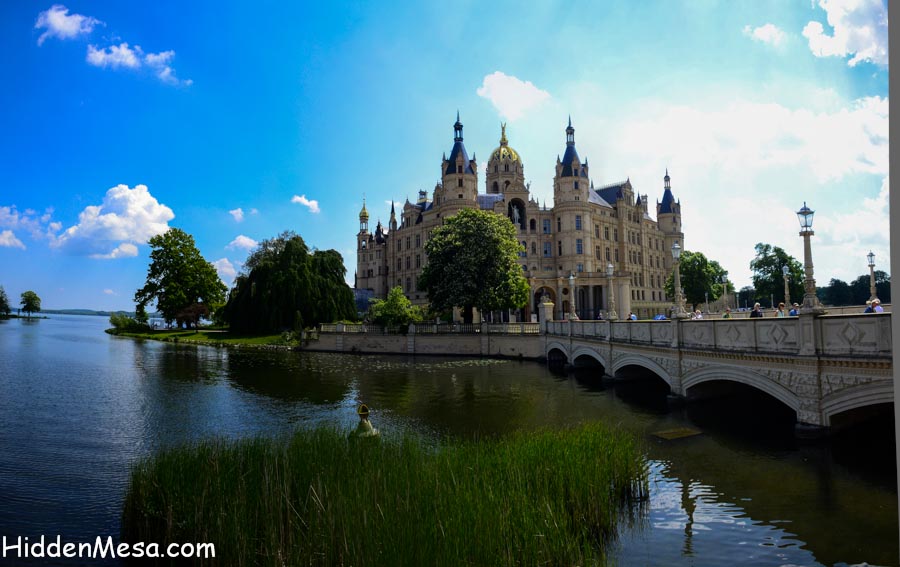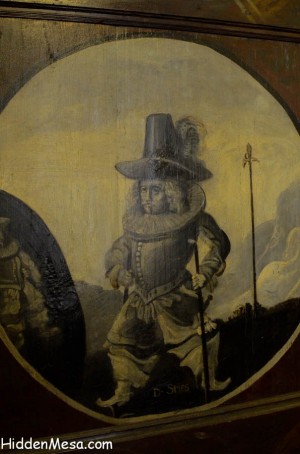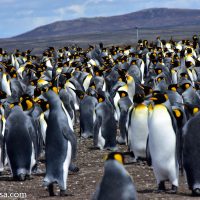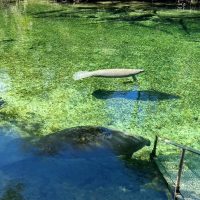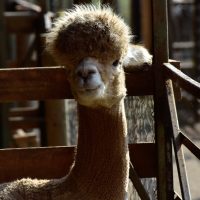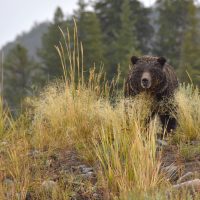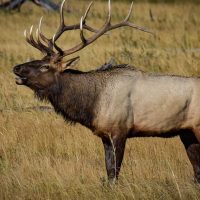Germany is probably going to be the high point of our trip, at least the high point of our cruise. We arrived in Warnemunde along the Baltic Sea on Tuesday, May 20th. The day was about as perfect as you could imagine for a warm spring day.
We traveled by bus for about 1 ½ hours from Warnemunde to a little town called Schwerin for the purpose of viewing the Schwerin Castle, which has been in existence in one form or another since at least 973 AD when it was controlled by The Polabian Slav Tribe. It was primarily a fort at that time rather than a “castle”. Around 1160, it was targeted by Germanic Nobelmen under the leadership of Henry the Lion. From then on, the Schwerin Castle has had a rich history, serving as a castle and home for many nobles, a military barracks, and even a nursing college during the time of the German Democratic Republic after WWII. Presently, Schwerin Castle serves as a museum and the seat of the local state parliament.
Schwerin Castle is said to have a ghost. His name is Petermannchen. He’s about four feet tall and is said to roam the halls dressed in 17th century clothes, resembling a cavalier. Of course, he’s also said to be invisible, so it’s not clear to us how we would know that he’s four feet tall, or that he’s dressed in 17th century attire.
While Schwerin Castle was certainly a centerpiece of our visit to Schwerin, we were also able to spend time in the Schwerin Cathedral, another building that’s rich in history and culture.
Possibly our favorite activity in visiting Schwerin was our time just wandering around town. This medieval era village is full of shops, cafes, and restaurants. We stopped for coffee in the main square and watched the tourists walking by taking pictures.
Our overall impressions of the country-side in this part of Germany was that it appeared to be a cross between Ohio farm land—with its rolling hills and pristine looking fields—and the central San Joaquin Valley in California with its abundant yellow mustard fields, wheat, and Holstein cows. There were hunting stands situated in nearly every field very much like Ohio. The guide mentioned that they were not only for deer hunting but that wild pigs had become a problem in the last few years. Every tractor we saw was a John Deere, or at least it was “John Deere Green”.
Another bit of information that our guide mentioned was that, before the re-unification 25 years ago, people were not normally allowed near most of the coast line or near the border between East and West Germany. If you were caught there without authorization, it was certain prison time. As a result, the wildlife in those areas flourished from the lack of human interference. According to our guide, the wildlife is still in abundance in those areas of the country.
We are planning to return to Germany in the very near future. It’s definitely on our short list for places to visit as a destination rather than a passing cruise, and we will certainly make an effort to visit the areas of the East and West border and the “forbidden” coastlines to see what wildlife we can discover.
From the viewpoint of typical westerners, we of course view the re-unification of East and West Germany as a great moment in human history. From all that we could see in our one day bus excursion across the country side, the re-unification, at least economically, has been good to this area as well.
A drive through the country side in Germany from the Baltic Sea port of Warnemuende to the historic Schwerin Castle reveals a vibrant and healthy looking community. The area is rich in farming even in this early spring month of May as farmers can be seen driving what appear to be late model John Deere tractors through their fields. Deer stands populate nearly every field showing an interest in sport hunting while an occasional utralight airplane can be seen overhead. The freeways are practically new, most of which actually are; constructed since the re-unification of East and West Germany twenty five years ago.
The medieval village of Schwerin will show you how life was from the 12th century all the way through modern times.

